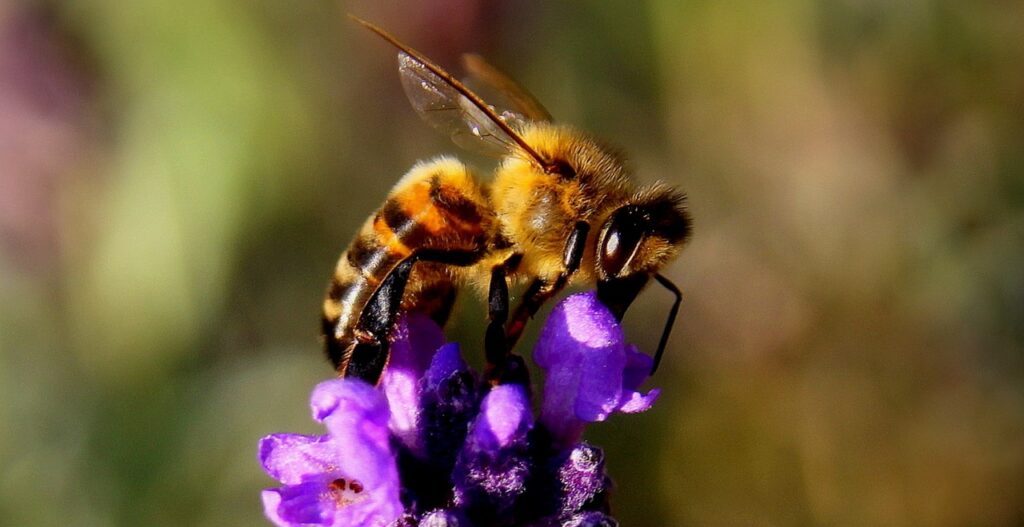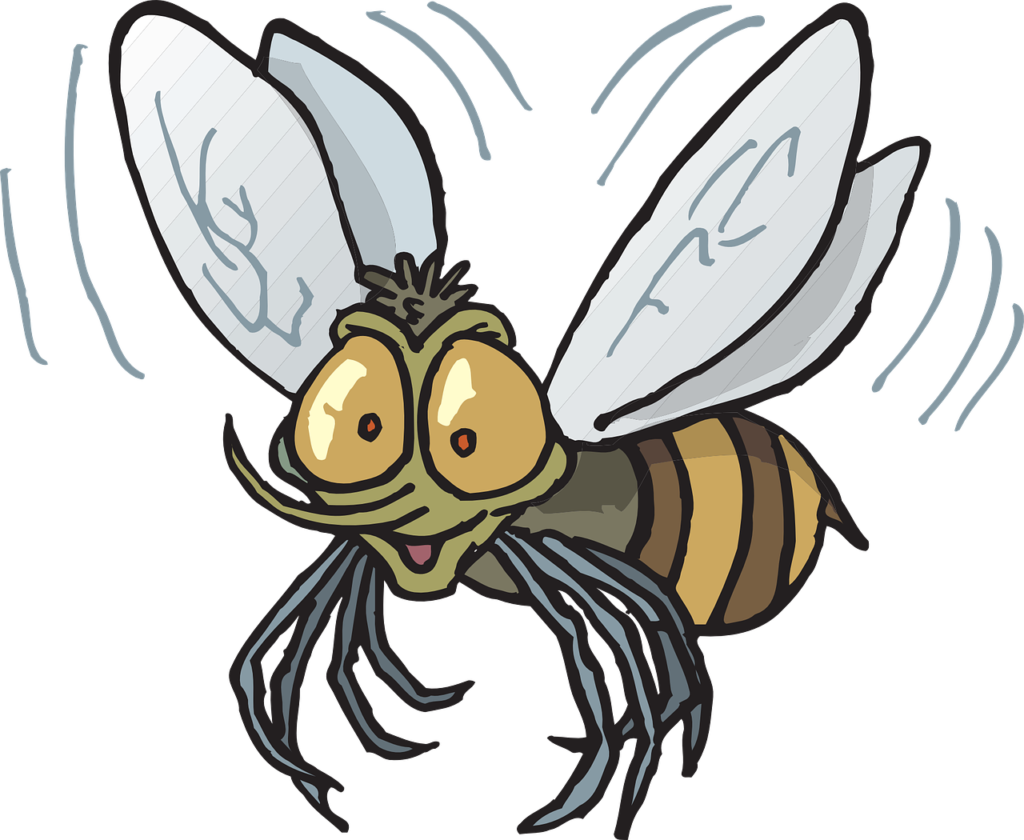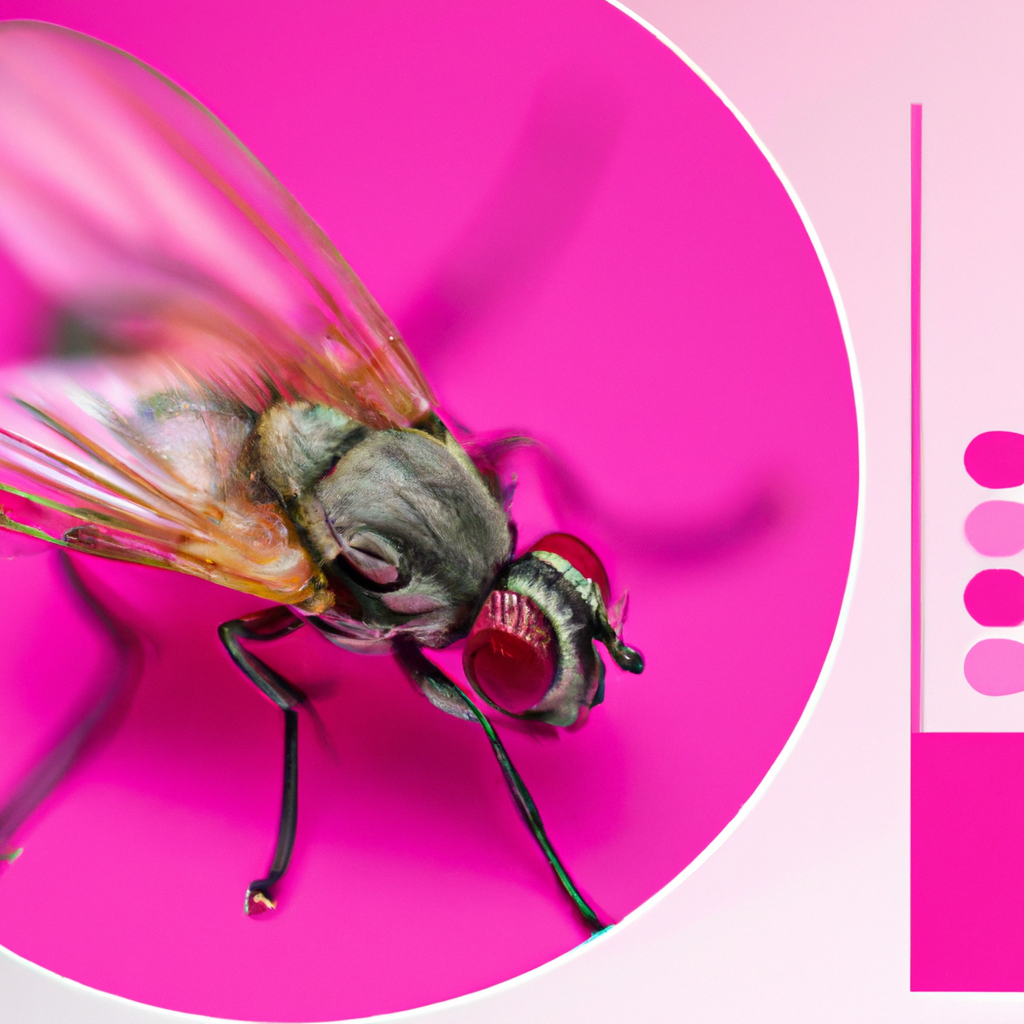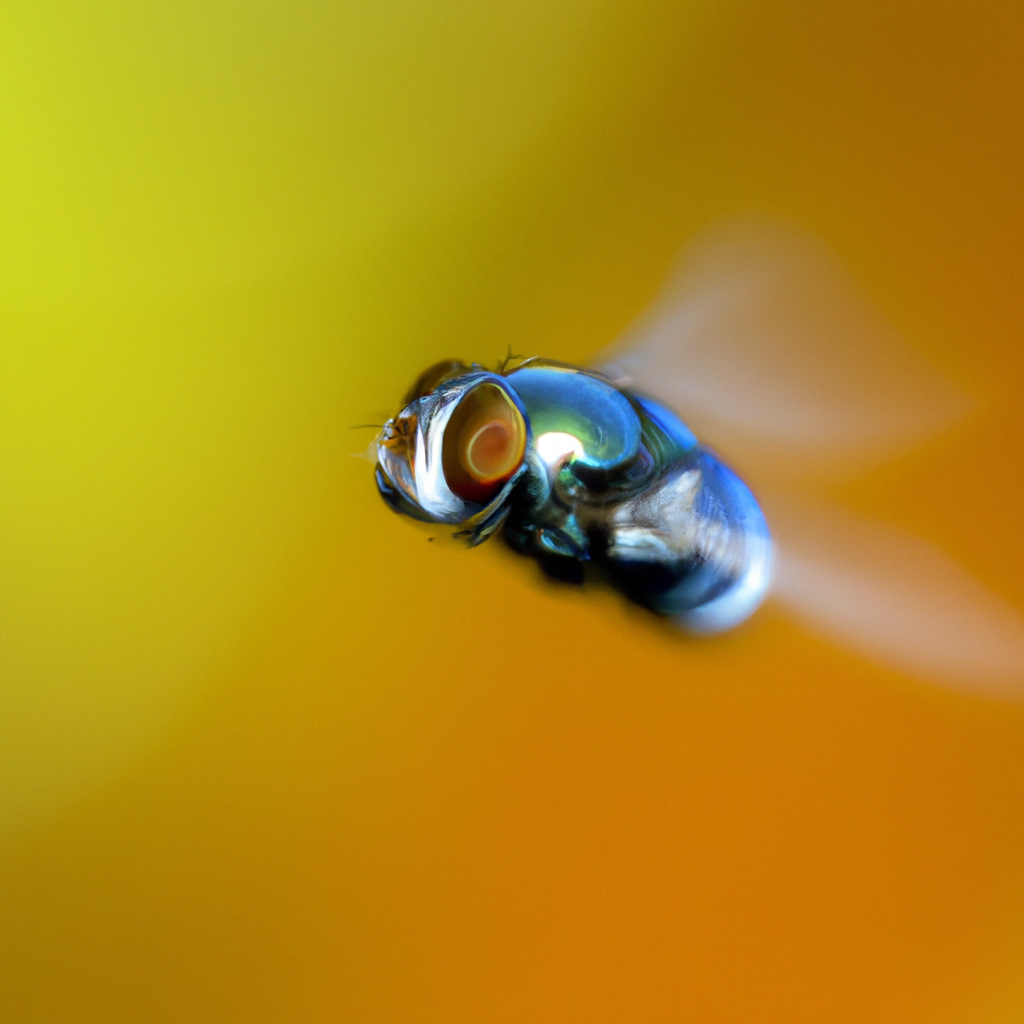Have you ever wondered why flies buzz incessantly? In this article, we will explore the fascinating purpose behind a fly’s buzzing. Contrary to popular belief, flies do not buzz simply to annoy us. Instead, their buzzing serves as a form of communication, helping them to navigate their environment, find mates, and even defend themselves. By understanding the intricate reasons behind a fly’s buzzing, we can gain a greater appreciation for these small yet remarkable creatures. So, let’s delve into the world of flies and unravel the mystery behind their buzzing.
The Buzzing Behavior of Flies
Flies are insects that are commonly known for their buzzing behavior, which can often be both a nuisance and a source of curiosity. In this article, we will explore the various aspects of fly buzzing, including why flies buzz, how they produce buzzing sounds, what attracts them to buzz, and the role of buzzing in their mating and defensive behaviors. We will also delve into the physical characteristics of a fly’s buzzing, its impact on human perception, and its role in communication, feeding, and biological adaptations.
Why Do Flies Buzz?
The buzzing sound produced by flies serves several purposes, and understanding the reasons behind it can shed light on their behavior. One primary reason for fly buzzing is communication with other flies, especially for intra-species communication. Flies use buzzing as a means to attract mates, coordinate in swarm formation, and even warn other flies of potential dangers. Additionally, buzzing serves as a navigation aid for flies, helping them locate food sources and navigate their surroundings effectively.

How Do Flies Produce Buzzing Sounds?
The process of producing buzzing sounds involves specific anatomical and physiological adaptations in flies. Flies generate buzzing sounds by rapidly vibrating their wings, which can occur at remarkable speeds. These vibrations create airwaves that propagate as sound waves, producing the characteristic buzzing noise associated with flies. The frequency and amplitude of buzzing sounds vary among fly species, giving each species a distinct acoustic signature.
What Attracts Flies to Buzz?
Several factors attract flies to buzz, and these can vary depending on the species. Flies are attracted to certain types of environments, such as areas with decaying organic matter, garbage, or open wounds. This is because flies are scavengers and are attracted to potential food sources and breeding grounds. Additionally, flies are drawn to specific scents and odors, such as the smell of fermented fruits or sugary substances. These attractants stimulate the flies’ feeding and reproductive instincts, leading to increased buzzing activity.

The Role of Buzzing in Mating
Buzzing plays a crucial role in the mating behavior of flies. Male flies produce distinctive buzzing sounds to attract female mates. These buzzing patterns often serve as courtship signals, indicating male fitness and readiness to mate. The females, upon hearing the desired buzzing pattern, respond by either buzzing in return or by approaching the male. The coordination of buzzing signals facilitates successful reproduction, ensuring the continuation of the species.
Defensive Buzzing Behavior
Flies also utilize buzzing as a defensive mechanism. When threatened or attacked, flies produce buzzing sounds as a warning signal to potential predators. This defensive buzzing behavior aims to intimidate and scare away predators, buying the flies valuable time to escape. Buzzing can also serve as a distraction technique, as the loud buzzing noise may deflect an attack and confuse the predator. The ability to defensively buzz highlights the adaptability and survival strategies of flies in the face of danger.

Physical Characteristics of a Fly’s Buzzing
The buzzing sounds produced by flies possess unique physical characteristics that contribute to their distinctiveness. The frequency and amplitude of a fly’s buzzing can vary significantly between species, resulting in different tonal qualities. Certain fly species have higher-pitched buzzing sounds, while others produce buzzing with lower frequencies. Additionally, the variability in buzzing patterns among fly species allows for effective species recognition and differentiation.
Frequency and Amplitude of Fly Buzzing
The frequency and amplitude of fly buzzing play essential roles in their communication and behavior. The frequency refers to the number of vibrations per second and determines the pitch of the buzzing sound. Flies generally produce buzzing sounds within the audible range for humans, typically around 200 to 600 Hz. The amplitude, or the intensity of the buzzing, affects how far the sound carries and can enhance the fly’s ability to communicate and attract mates.

Variability in Fly Buzzing Sounds
There is a remarkable variability in the buzzing sounds produced by different fly species. Each species has its unique buzzing pattern, which can be distinguished by differences in frequency, duration, and rhythm. Some fly species produce continuous buzzing sounds, while others create pulsating or intermittent buzzes. This variability in buzzing sounds allows for species-specific communication and assists in identifying food sources, mates, and potential threats.
Differences in Buzzing Patterns Among Fly Species
Different fly species exhibit variations in their buzzing patterns, enabling them to communicate effectively within their respective groups. For instance, houseflies produce relatively loud and continuous buzzing sounds, often characterized by a high frequency. In contrast, other fly species may produce soft and intermittent buzzes, which could be associated with different ecological roles or habitat preferences. These distinct buzzing patterns highlight the diverse adaptations and behaviors of various fly species.

Impact of Buzzing on Human Perception
A fly’s buzzing can be quite irritating to humans, and understanding why it is considered annoying requires exploring the psychological responses and effects it has on our perception. The incessant buzzing noise can trigger feelings of agitation, frustration, and distraction. This is due to various factors, including the repetitive nature of the sound, its high-pitched frequency, and the association of flies with unclean or unsanitary conditions. The persistent buzzing can disrupt concentration, productivity, and overall well-being.
Why Is a Fly’s Buzzing Annoying?
A fly’s buzzing becomes annoying primarily because it disrupts quiet environments and interferes with everyday activities. The constant presence of buzzing can create a sense of intrusion and discomfort, especially in situations requiring focus or relaxation. Moreover, the irregular flight patterns and unpredictability of fly movements intensify the annoyance factor. The irritation caused by buzzing often prompts individuals to seek ways to alleviate or prevent the presence of flies in their surroundings.
Psychological Responses to Fly Buzzing
The psychological responses to fly buzzing can vary among individuals and depend on factors such as tolerance levels and personal experiences. Some people may develop heightened anxiety or even phobias related to flies and their buzzing. Furthermore, the annoyance and irritation caused by buzzing can trigger stress responses, affecting overall mood and mental well-being. Understanding the psychological impact of fly buzzing can help develop strategies to counteract its negative effects.
Effects of Buzzing Noise on Concentration and Productivity
The presence of buzzing noise from flies can significantly impact concentration and productivity, making it challenging to focus on tasks at hand. The constant auditory disturbance demands cognitive resources as attention is involuntarily directed towards the source of the noise. This diversion of attention can lead to decreased efficiency, reduced information processing, and lower work performance. Therefore, minimizing the impact of fly buzzing on concentration and productivity becomes crucial in various settings, such as offices, schools, and healthcare facilities.
(continued in next comment)




